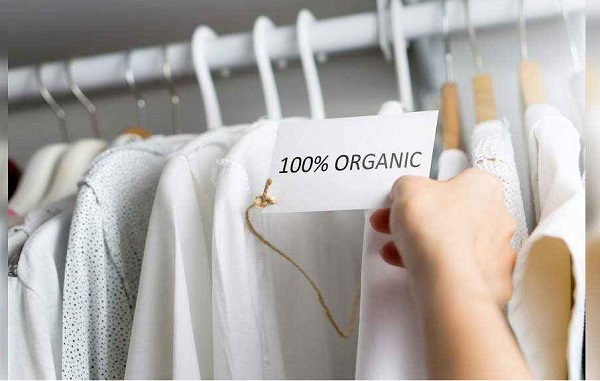
Free from harmful chemicals and pesticides, organic products can make a huge difference to human lives in the 21st century. Adoption of organic products in fashion chain can help save the planet from rising ecological pollution. Demand for organic cotton has been rising steadily over the years. As per a report by Textile Today, demand for organic cotton is expected to increase 84 per cent by 2030. Demand will mostly be spurred by increasing use of fiber in their product lines.
Safety factors enhance organic farming growth
One reason for rise in demand is the environmental safety ensured by organic farming. Organic farming is known to be a safe option as it does not harm animal habitats like traditional farming methods. Organic farming is also known to be sustainable, functional and durable. In 2019-20, a total of 249,153 tons of organic cotton was grown on 588,425 hectare of certified organic, as per Textile Exchange’s ‘2021 Organic Cotton Market Report’. This is expected to surge further 2020-21.
Rising demand for organic cotton is also boosting prices in the global market, encouraging producers to dedicate a larger share of their certified organic land to cotton against other crops. These producers are also being driven by the rising demand for organic cotton in global market.
As organic cotton requires little water and is free from pesticides and insecticides, production across the world is increasing. As per reports, India is the largest producer of organic cotton and supplies around 51 per cent of the global requirement. China with 19 per cent share stands second, Kyrgyzstan with 7 per cent, Turkey with 7 per cent and Tajikistan with 5 per cent of global supplies. The organic cotton industry has a great scope for development as it currently accounts for only 1.1 per cent of the total cotton production of the world. In 2019, number of facilities certified to leading voluntary organic textile standards increased substantially. Facilities certified to the Organic Content Standard (OCS) increased 48 percent during the year while those certified to the Global Organic Textile Standard (GOTS) surged 35 percent. Supply of organic cotton fibers increased 392 per cent to 25,394 metric tons during the 2004-05 crop years.
This encouraged Rui Fontoura, Fiber Strategist, Textile Exchange to urge all brands to plant more organic cotton fibers. However, this shift needs to be supported by the government by introducing new market-friendly policies and wider international trade pacts.
Brands face price and availability issues
According to the Demand Insights Report, brands face several challenges while sourcing organic cotton. They are unable to meet sourcing goals due to both price barriers and lack of in-conversion cotton. Organic Cotton Association (OCA) believes, without proactive steps being taken by retailers and brands, farmers will not be able to scale organic cotton which will further impact the environment.
The use of organic cotton is projected to grow 10 per cent every year till 2025, and by 15 per cent annually from 2025-2030. However, only 27 per cent companies have so far, incorporated in-conversion cotton into their sourcing strategies. They need to take action immediately and invest in cotton conversion programs.
As per the Demand Insights report, retailers and brands have often listed as pricing as one of the major obstacles in sourcing organic cotton. However, this can be dealt with by investing in new agricultural programs. Brands and retailers need to also focus on creating a fair and honest value chain. Many of these brands and retailers have already confirmed their long-term commitments to farmers by entering into new investment programs. This is encouraging new leaders to join this initiative.












